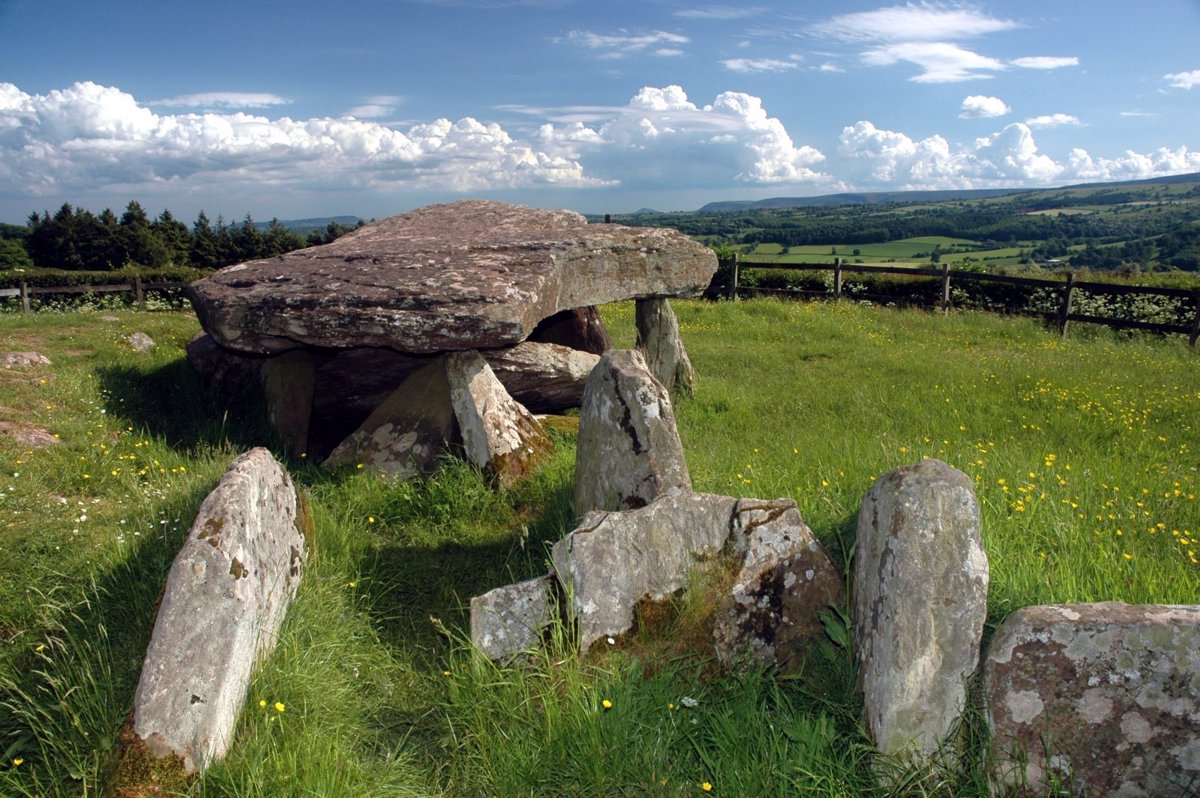MADRID, 11 Ago. (EUROPA PRESS) –
Archaeologists from the Universities of Manchester and Cardiff have discovered the origins of the dolmen Arthur’s Stone, one of the UK’s most famous Stone Age landmarks.
Professor Julian Thomas of the University of Manchester, who led the excavation, says the towering Herefordshire tomb is linked to nearby ‘corridors of the dead’, which were discovered in 2013.
It is the first time that the construction, which inspired the ‘Stone Table’ (part of the fictional world of The Chronicles of Narnia) from The Lion, the Witch and the Wardrobe by CS Lewis, has been successfully excavated.
Arthur’s Stone, dating from the Neolithic period to 3700 BC, stands on a lonely hill just outside the village of Dorstone, off the Black Mountains in South Wales.
Archaeologists always assumed that their enormous cornerstone raised on a series of supporting stones and a minor chamber with a right-angle passage was within a wedge-shaped stone mound, similar to those found in the Cotswolds and South wales However, Professor Thomas and Professor Keith Ray from Cardiff they showed that the monument originally lay in a field immediately south of the tomb.
Arthur’s Stone is a scheduled monument cared for by English Heritage. The excavations were carried out in an area south of the burial chamber, outside the guardianship area.
They discovered that the tomb had first been a large mound composed of stacked grass, held back by a palisade of vertical posts set in a narrow palisade that surrounded the mound. However, when the posts rotted and the mound collapsed, an avenue of larger posts was added, leading to the mound from the Golden Valley below.
“Although Arthur’s Stone is an iconic megalithic monument of international significance, its origins were unclear until now. Being able to illuminate this astonishing 5,700-year-old tomb is exciting and helps tell the story of our origins,” says Thomas it’s a statement.
The initial mound, identifiable in the groove of the palisade and the parchment markings visible from the air surrounding the stone chambers, points towards the nearby Dorstone Hill.
However, the last avenue of poles, along with the two stone chambers and a vertical stone located immediately in front of them, they line the distant horizon at the gap between Skirrid and Garway Hill to the southeast.
“The different orientations of the two construction phases are significant because our excavations at Dorstone Hill in 2011-19 revealed three long mounds similar in construction to those now known to represent the first stage of Arthur’s Stone “added Professor Thomas.
“Each of these three grass mounds had been built on the footprint of a large wooden building that had been deliberately burned. Therefore, Arthur’s Stone has now been identified as being closely related to these nearby ‘corridors of the dead’ , which made headlines in 2013.
“In fact, the block of highlands between the Golden Valley and the Wye Valley is now being revealed which houses an integrated Neolithic ceremonial landscape“.
The excavations at Arthur’s Stone are part of the Beneath Hay Bluff Project, which has been investigating the early prehistoric southwest Herefordshire since 2010, under the direction of Keith Ray and Julian Thomas, with Associate Directors Nick Overton (University of Manchester) and Tim Hoverd (Herefordshire). Advice).
–


